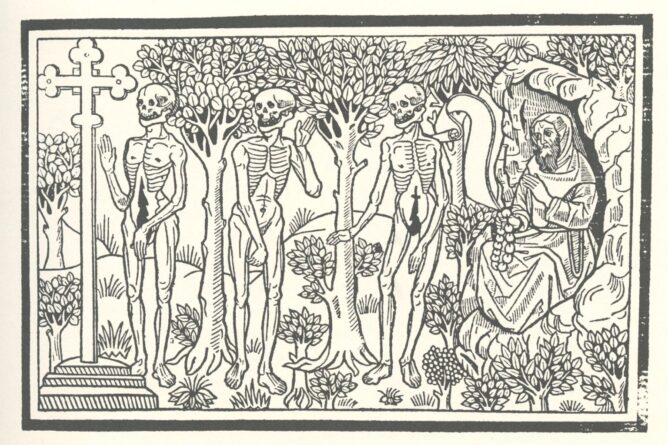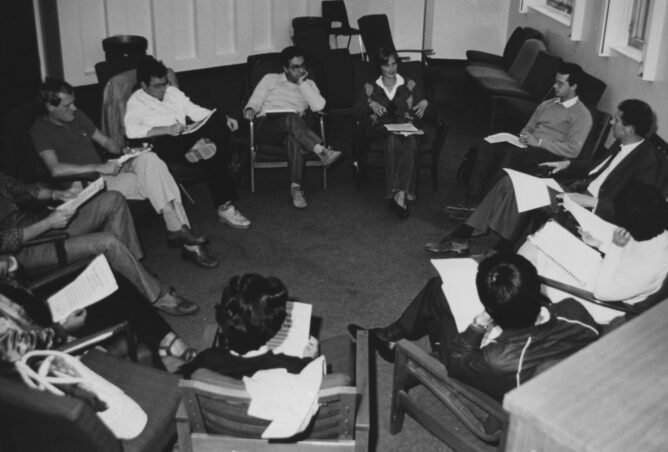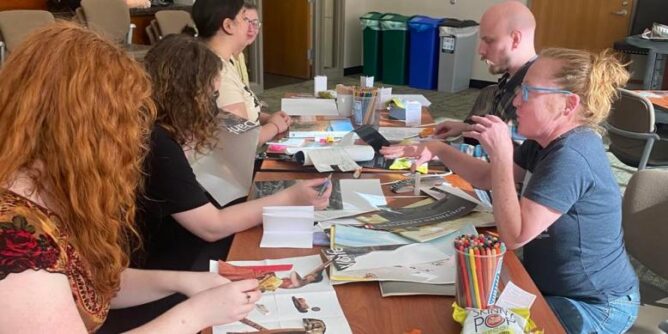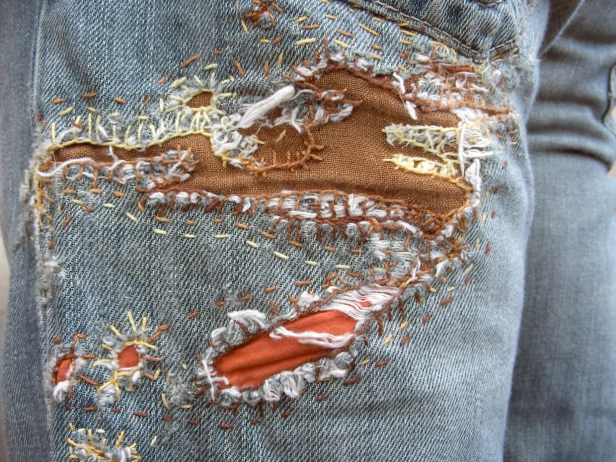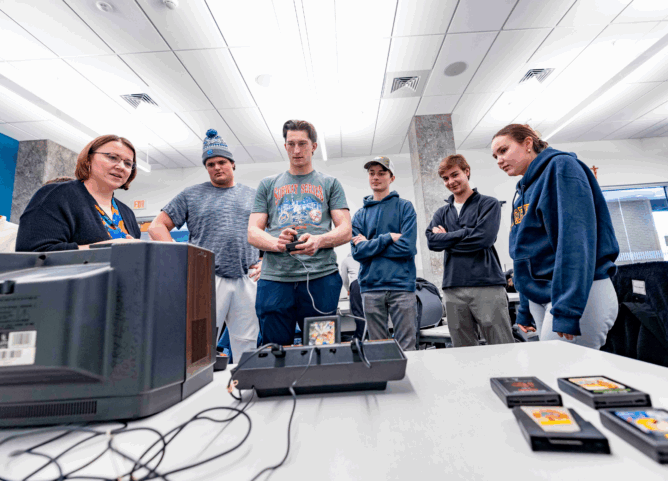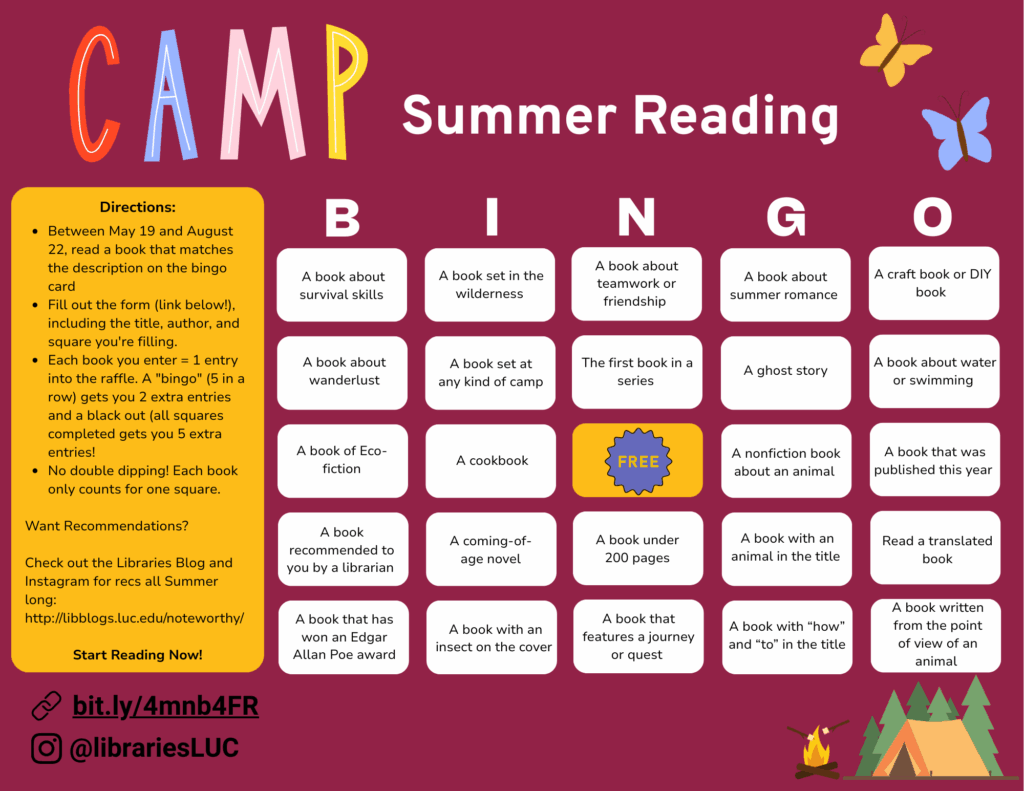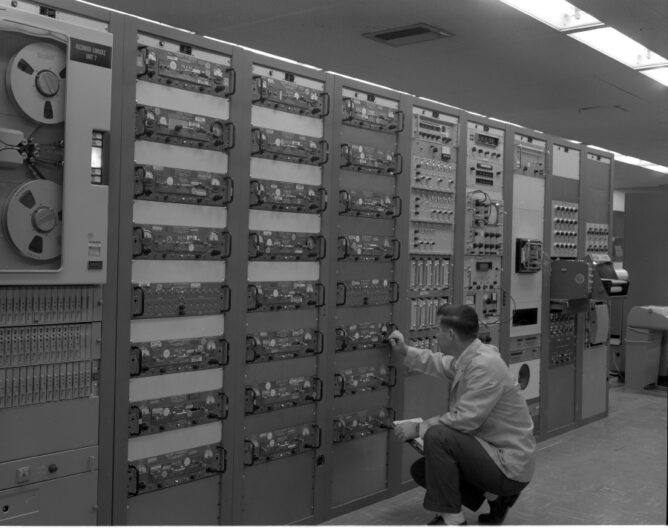News and announcements
The Baldwin Library of Historical Children’s Literature at the University of Florida is one of the largest collections of children’s books in the world. Last month, they announced that they had received a donation of books from the family of Ed Young, a notable children’s book author and illustrator. Young, who passed away in 2023, illustrated some 100 books of fairy tales, poetry and memoirs, and won a Caldecott Medal and two Caldecott Honors. The donation to UF Libraries includes books from his personal collection.
The University of Delaware Library recently announced the winners of its inaugural Open Data Impact Awards. These awards “celebrate UD students, faculty and staff whose openly shared datasets continue to make meaningful contributions to research, teaching and public engagement.” One of the winners pulled together attendee-level datasets for 33 years of the United Nations Framework Convention on Climate Change Conference of the Parties. Another created a global dataset of monthly irrigated and rainfed cropped areas for 23 crop classes over 15 years.
Discover the hidden art of fore-edge painting—images tucked into the gilded edges of books, usually invisible until pages are fanned. The J. Willard Marriott Library’s “The Business of Books” exhibition showcases these secret masterpieces, including works by 20th century California artist Vera Dutter and historic English binders. The exhibit reveals how books can simultaneously be objects of beauty, mystery, and commerce. (My parents definitely had books with gilded edges. I wonder…)
I’ve always said that if I ever got a tattoo, it would be a memento mori (pictured above). Illinois State University Libraries highlights one of its notable holdings, a 1590s publication of the Booke of Christian Prayers, which includes various depictions of death, “the great leveler for all.”
A simple announcement but a notable one. Brown University Library has created a new faculty publications collection. This circulating collection consists of print books authored by Brown faculty members as well as digital publications, which can be accessed via QR codes within the display. On the one hand, I’m surprised more academic libraries don’t have collections like these. On the other hand, I know the difficulty of having to keep a collection like this up to date (and heaven forbid you leave someone out).
Notable mentions
- The new collections archivist at the Z. Smith Reynolds Library reflects on processing a collection from start to finish.
- Students at Stony Brook University Libraries used postcards as creative writing prompts.
- The University of Arkansas has a new makerspace.
- University of Cincinnati Libraries has a new study and focus tools collection.
- A new exhibit at the Heard Libraries of Vanderbilt University explores the history of hypnotism.
- USF’s Gleeson Library is hosting a black out poetry workshop.
- Berkley Library has pulled together resources that explore how the history of lampooning presidents through words, images, and scholarship.
Finally, International Open Access Week was Oct. 20. A number of libraries celebrated the occasion by highlighting their services and collections, including Boston University Librareies, Touro University Libraries, Seattle University, Villanova’s Falvey Library, Seattle University, IU Bloomington Libraries, Fordham, University of Delaware, University of Louisville, UC Davis, and the University of Maryland BC.
On social
This spend the day with me video from University of South Carolina Libraries has to be one of the best pieces of academic library content I’ve seen in a while. Not only is it totes adorbs, but someone really put some thought into the script. The modified voice is chef’s kiss.
Make a collage for each of your different campus libraries. Just like how University of Illinois did it here. Don’t have multiple libraries? Do one for different spaces, floors, or collections.
This format from the B.D. Owens Library at Northwest Missouri State University seems easily replicable at any college. Just throw in a few bulleted item specific to your institution.
This remix was living in my head rent free for days after SNL and Sabrina Carpenter posted it. My team hopped on the meme and it outperformed our usual content. But I loved the twist the UVU Library put on it.
Finally, I’m going to self promote a little bit. Every semester at the William H. Hannon Library, we unveil a new set of stickers. Before we had even made the stickers this year, I knew how I wanted to premiere them.
